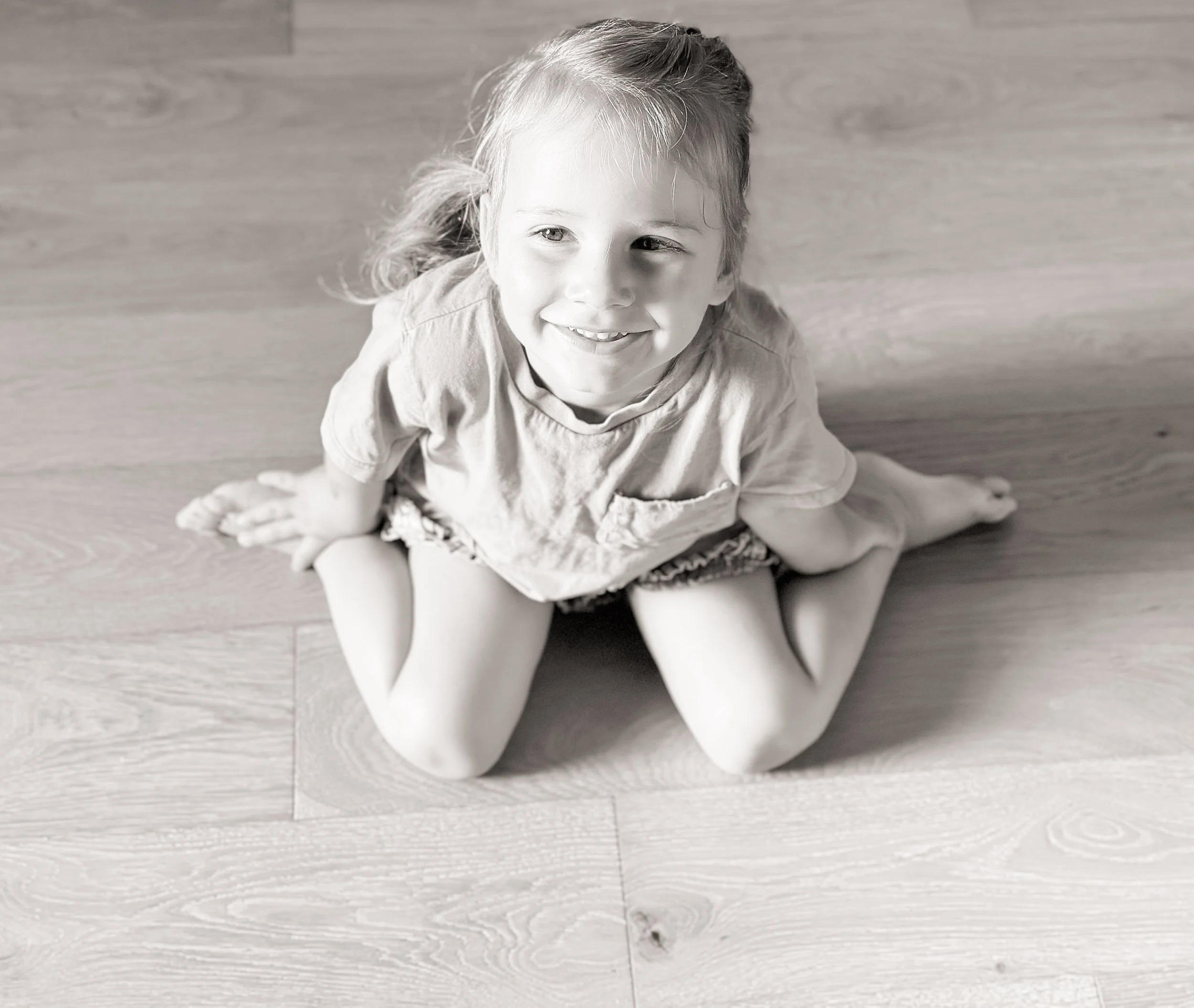Should You Worry About W-Sitting?
Should You Worry About W-Sitting in Children? Causes, Risks & PT Solutions
Have you ever noticed your child sitting on the floor with their knees bent and feet out to the sides, forming a “W” shape? This position, known as W-sitting, is common among toddlers and young children. While occasionally sitting this way isn’t usually a problem, frequent or prolonged W-sitting can impact your child’s posture, muscle strength, coordination, and motor development.
What Is W-Sitting and Why Do Kids Sit This Way?
Children may default to W-sitting because it offers a wide, stable base of support that doesn’t require much core strength. But over time, it can lead to issues that affect your child’s growth and physical development.
Why W-Sitting Happens: Stability vs. Development
Promotes poor posture: W-sitting reduces activation of postural muscles, often leading to a C-curve spine instead of the natural S-curve.
Limits core strength: This stable position bypasses the need for trunk muscle engagement, contributing to weak core muscles.
Restricts movement and inhibits exploration between positions: W-sitting makes it harder for children to rotate through their trunk, shift weight, reach across their body, or transition fluidly between positions like sitting, crawling, and kneeling—key skills for developing coordination and mobility.
May cause hip and leg issues: Prolonged W-sitting puts stress on the hips, knees, and tibias, which may lead to tightness, misalignment, or even increase the risk of hip dislocation. Prolonged W-sitting puts stress on the hips, knees, and tibias, which may lead to tightness, misalignment, or even increase the risk of hip dislocation.
When to Be Concerned About Your Child’s W-Sitting
It’s important to monitor W-sitting patterns if your child:
Uses the W-sit position frequently, with little variation
Avoids other sitting styles like criss-cross (tailor), ring sitting, or side sitting
Has challenges with core-based skills like climbing, skipping, hopping, or pedaling a tricycle
Shows signs of hip tightness or limited ankle mobility
If any of these apply, it’s worth consulting a pediatric physical therapist.
How Pediatric Physical Therapy Helps With W-Sitting
At Movevery, we assess your child’s posture, movement patterns, and transitions between positions. We then create an individualized therapy plan to:
Address tension and asymmetrical movement patterns
Use purposeful play to strengthen the core and support global strength
Encourage cross-body movements for improved coordination
Increase functional transitions and promote optimal movement habits
Support safe and functional sitting positions
Don’t Wait—Early Intervention for W-Sitting Matters
W-sitting isn’t always a cause for concern—but if your child uses it frequently or seems to have difficulty with coordination, transitions, or balance, getting support early can make a big difference. At Movevery, we provide holistic, family-centered pediatric physical therapy to help your child move and grow with confidence.
Contact us to book your complimentary phone consultation and get expert guidance for your little one.

